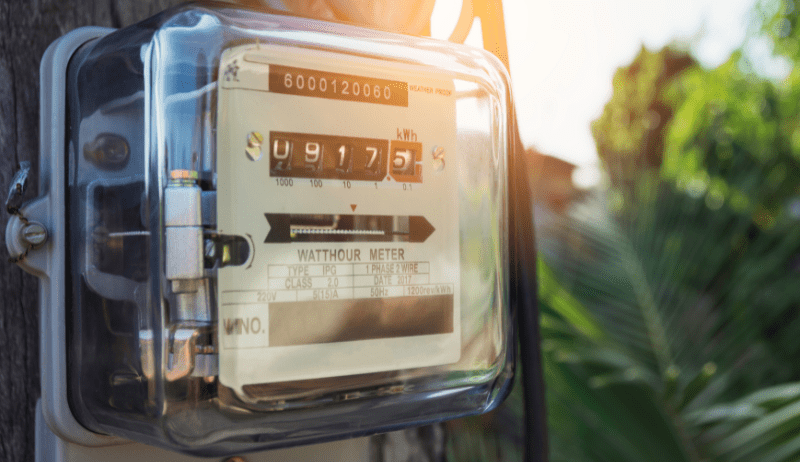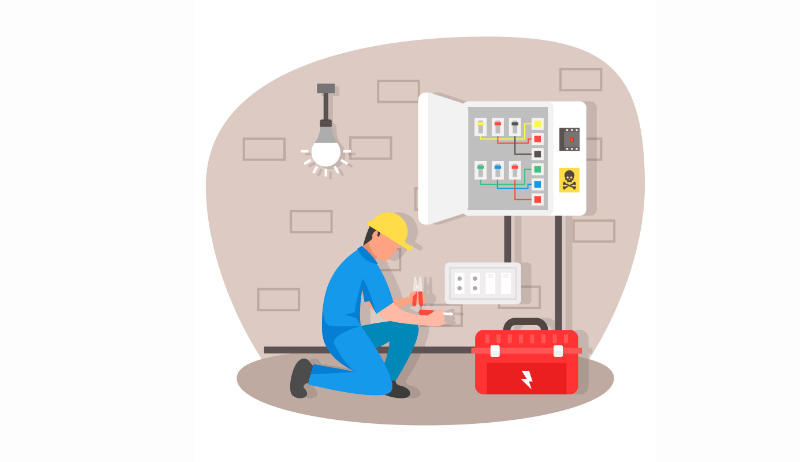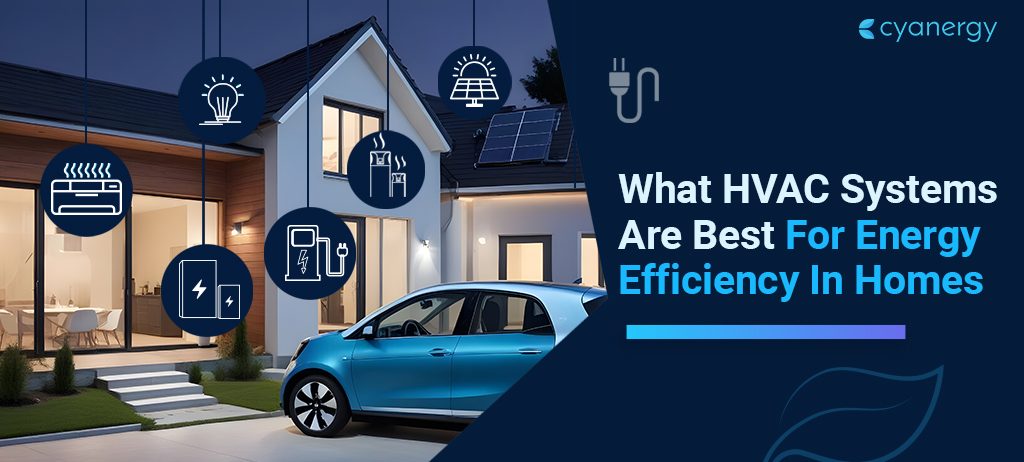Whether you’re a seasoned homeowner or a first-time renter, understanding your energy usage is key to managing those pesky utility bills. Wondering how to read your energy meter?
Why Should You Know How to Read Your Energy Meter? Why Bother?
Before we get hands-on, let’s quickly chat about why this matters. We pay some of the highest energy prices globally, and getting friendly with your meter can help you take charge of your usage and save those hard-earned dollars. So, let’s roll up our sleeves and start reading!
Meter Types
There are a few types of energy meters lurking in our households. You’ve got your electromechanical, electronic, and even smart meters. Each has its own quirks, but fear not – we’re here to break it down.
Finding Your Meter: The Great Hunt

Crack the Code: Reading Your Meter 101
Digital Electronic Meter:
- Start with the Display: Your meter has a digital screen displaying a series of numbers. This is the secret code to your energy consumption.
- Note the Digits: Read the numbers from left to right. Don’t include any numbers after the decimal point – we’re all about the whole digits here.
- Record Your Usage: Jot down the numbers you’ve just read. This is your current energy consumption in kilowatt-hours (kWh). If you’re feeling fancy, you can check back in a day or a week to see how much you’ve used.
- Know Your Tariff: Some meters have multiple screens showing different tariffs. Make sure you’re reading the right one – usually, it’s the total usage.
Smart Meters
Usage data from smart meters read remotely is directly transmitted to the meter service provider/distributor. In most cases, there is no need for a visit to your property. If you have a remotely read smart meter, your electricity providers default account assigned to you allows you to monitor your usage on an hourly, daily, weekly, monthly, and, where sufficient usage history exists, an annual basis.
For Interval Meters that Require Manual Reading:
These meters cannot be read remotely; the meter service provider/Distributor must physically download the data from your meter. If you’ve received an estimated bill and wish to arrange a reading, get in touch with your electricity/gas retailer.
Despite the manual reading requirement, you can still use your account to track your usage on an hourly, daily, weekly, monthly, and, where sufficient usage history exists, an annual basis
Clock Face Meter
Read each dial by moving from left to right. When a dial is positioned between two numbers, consider the lower number. If a dial is situated between a 9 and 0, interpret it as a 9. If a dial aligns precisely with a number, check the next dial. If the subsequent dial has not yet reached 0, it means the original dial has not passed that number, so consider the lower number.
Decoding Your Energy Meter Readings: A Quick Guide
Now that you’ve cracked the reading, what’s the verdict? Understanding your consumption is the key to unlocking potential savings. Keep an eye out for patterns and make adjustments where you can.
Understanding your energy meter doesn’t have to be a puzzle. Here’s a brief breakdown:
- Kilowatt-Hours (kWh): This is your energy consumption. The more kWh, the more electricity you’ve used.
- Tariff Indicator: Ensure you’re on the right tariff for accurate cost calculation.
- Digits and Decimals: Focus on whole digits, ignoring anything after the decimal point.
- Analog Meters: If you have dials, note the position of each pointer, considering both clockwise and counterclockwise.
- Rate of Consumption: Watch for sudden spikes, indicating changes in usage or potential issues.
- Comparing Readings: Track readings over months to identify patterns and potential energy hogs.
- Budgeting Tool: Use your readings for effective budgeting, planning, and identifying areas to cut back.
- Smart Meters: Leverage digital displays for real-time insights, even breaking down usage by appliance.
Your energy meter is a valuable tool – not just a mystery on the wall. Regular readings empower you to control your energy use, make informed decisions, and save those precious dollars. So, go ahead, crack the code, and take charge of your energy destiny!

Helpful Resources: Where to Turn?
In this digital age, there’s an app for everything. For monitoring energy usage, check out government websites or consider apps like ‘Amber‘. They provide real-time insights, making you the master of your energy domain.
Energy Meter FAQs
Note these troubleshooting and FAQs-
- How often should I read my energy meter?
- How can I ensure my meter readings are accurate?
- Clean and Clear: Make sure the meter display is clean and free from any obstructions. Dust or debris can interfere with readings.
- Well-Lit Area: Read your meter in well-lit conditions to avoid misinterpreting numbers.
- Read at the Same Time: For consistency, try to read your meter at the same time each month. This minimizes variations in daily energy usage.
- What steps should I take if I suspect my meter is faulty or providing inaccurate readings?
- Contact Your Energy Provider: Reach out to your energy provider to report your concerns. They can guide you on next steps and may arrange for a technician to inspect the meter.
- Document Readings: Keep a record of your meter readings if you notice irregularities. This documentation can be useful when discussing the issue with your provider.
- Common issues with Weather Impact:
- Extreme Temperatures: Extremely hot or cold weather can impact meter accuracy. If possible, try to schedule readings during milder conditions.
- Moisture and Rain: Water can interfere with meter readings. Ensure your meter is adequately protected from the elements to prevent inaccuracies.
- Indicators of malfunctioning or damaged meter:
- Inconsistent Readings: If your readings fluctuate significantly without a corresponding change in your energy usage habits, it could be a sign of a malfunction.
- Strange Noises: Unusual sounds emanating from the meter could be indicative of internal issues.
- Physical Damage: Visible damage to the meter, such as cracks or exposed wires, should be reported immediately.
Answer: It’s a good idea to read your energy meter regularly, ideally every month. This practice allows you to stay on top of your energy consumption patterns, catch any sudden spikes, and promptly address any issues. Additionally, monthly readings can help you budget more effectively and avoid surprises on your utility bills.
Answer: To ensure accurate readings, follow these steps:
Answer: If you suspect your meter is faulty:
Answer: Weather can affect meter readings in various ways. For instance:
Answer: Watch out for these signs that may indicate a malfunctioning or damaged meter:








